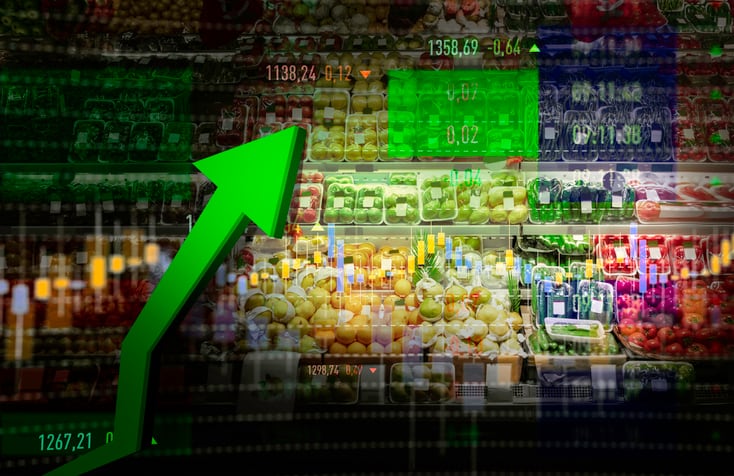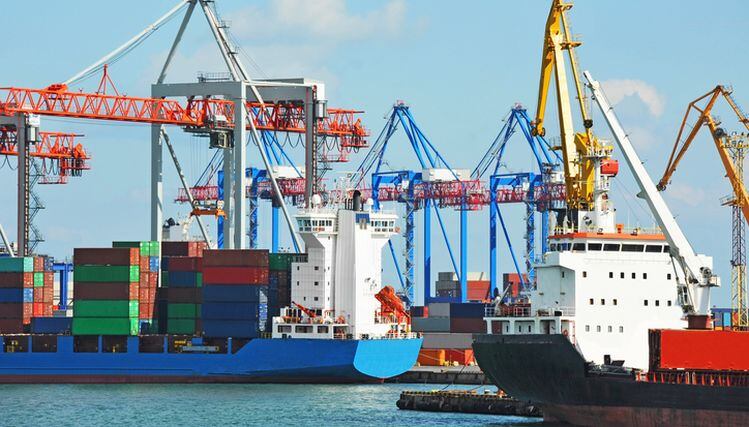“We are expecting another strong year with total adjusted net sales growing low single-digits and adjusted EBITDA growing mid- to high-single digits with continued robust margin expansion even in this challenging environment,” Hain Celestial CEO and president Mark Schiller told investment analysts Thursday during the company’s fourth quarter earnings call.
He explained that Hain’s fiscal 2022 plan is built on four key assumptions: inflation will stabilize, pricing and productivity will offset inflation, successful innovation, and space gains in core growth categories.
However, he cautioned, the first half of the year will likely be softer than an anticipated “robust second half,” to accommodate the phasing in of increased pricing, lapping of peak pantry stocking last year and the implementation of other strategies.
Inflation expected to stabilize
Of all the challenges that Hain and the larger food and beverage industry face, Schiller is most confident in his company’s ability to handle commodity-related inflation, which he expects to be in the mid-single digits.
“I don’t expect the first quarter inflation or second quarter inflation is going to be materially different than what we saw in the fourth quarter other than we had a bunch of our commodity contracts to roll off at the end of fiscal year and have new contracts that go into effect in July. And those are inflationary, as you can imagine because we lock them in well in advance and as the year when on last year, costs went up,” he explained.
While he acknowledged that inflation will be higher in fiscal 2022 than last quarter, he also said he is confident that between the pricing the firm has taken and increased productivity it is employing, the company can still achieve “robust margin expansion.”
He explained that customers and consumers have accepted Hain’s price increases, which have already hit the market for key areas.
Other aspects of inflation – mainly labor – are a double-edged sword.
Schiller explained that labor shortages hit Hain – and others in the industry – “quickly by surprise,” and cause delays at some distribution centers, causing consumption in the fourth quarter be four points higher than actual shipments.
“We have rectified the situation. We’ve got plenty of labor in our distribution centers and they are operating well,” but some retailer customers continue to struggle with shortages that are hindering their ability to pick up orders, Schiller said.
One way that Hain is alleviating this is by consolidating orders to reduce the number of trucks that must be scheduled. This approach, he said, has been “an enabler” leading to larger orders and lower shipping costs.
‘We’ve got a lot of excitement from the retail community’
Hain is also making up ground on inflation by capturing more sales through innovation – a strategy that the company has not historically executed against strongly.
“The good new is, if you look at innovation, that was pretty non-existent a few years ago. I think last year it was 2% of our sales in North America. In third quarter, it was 4% of our sales. In fourth quarter, it was 9% of our sales. So, innovation is playing a very important role in our growth,” he said.
As successful examples of innovation, Schiller pointed to new protein pouches under the baby food brand Earth’s Best as well as new straws and puffs in toddler snacks. He also noted K-cup innovation and teas with added energy and immunity benefits.
“We’ve got a lot of excitement from the retail community, and we expect as the year goes on that we’re going to continue to build distribution behind this innovation,” he added.
Sales remain strong compared to pre-COVID
Schiller’s optimism for the coming fiscal year build on a strong fourth quarter performance, despite the aforementioned challenges.
In the company’s fourth quarter, consolidated net sales fell 12% year-over-year to $451m, which was on the lower end of the company’s expected drop of 11% to 14%. When comparing sales to pre-COVID Q4 2019, the company saw a 5% improvement, suggesting strength in the underlying business, said Schiller.




